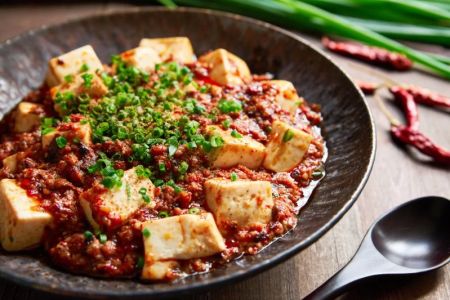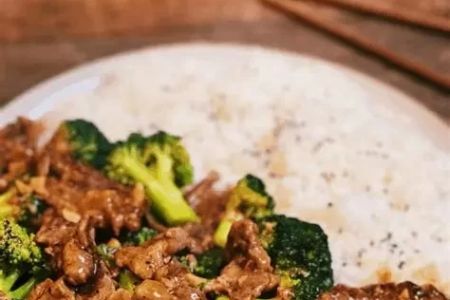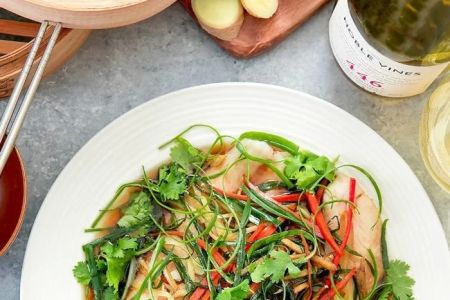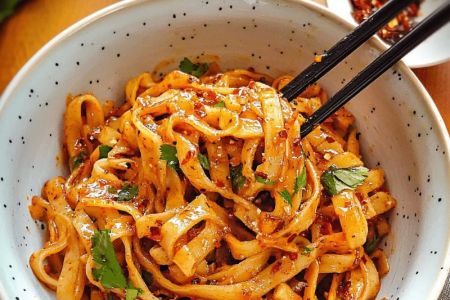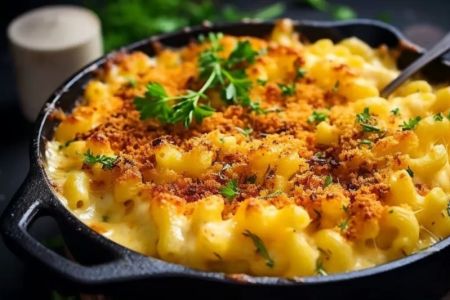- 1. Introduction to Rice in Chinese Culture
- 2. Historical Significance of Rice in China
- 3. Types of Rice in Chinese Cuisine
- 4. Rice in Daily Life and Festivals
- 5. Cooking Rice in Chinese Dishes
1. Introduction to Rice in Chinese Culture
Rice is more than just a staple food in China; it holds deep cultural and historical significance. As one of the most consumed foods worldwide, rice has played a pivotal role in shaping Chinese cuisine and culture for thousands of years. The relationship between the Chinese people and rice goes beyond the dining table—it's embedded in their traditions, rituals, and even their language.
In Chinese culture, rice symbolizes life, prosperity, and sustenance. It's considered the cornerstone of Chinese meals and is enjoyed in various forms—steamed, stir-fried, or even as a base for soups and porridge. Understanding the role of rice in Chinese culture provides insight into the broader significance of food in Chinese society and its influence on Chinese cuisine worldwide.
2. Historical Significance of Rice in China
Rice has been cultivated in China for over 10,000 years, making it an integral part of the country's agricultural history. The cultivation of rice in China dates back to the Neolithic era, where it was first grown in the Yangtze River Valley. This long history of rice cultivation contributed to the development of complex farming techniques and agricultural societies.
In Chinese mythology, rice is often linked to abundance and fertility. The phrase "吃饭 (chī fàn)," meaning "eat rice," is a common expression used to refer to eating in general, highlighting how rice has become synonymous with food itself. Historically, rice was not only an essential source of nutrition but also a symbol of wealth and stability, especially in rural China where it was the main agricultural product.
3. Types of Rice in Chinese Cuisine
In Chinese cuisine, not all rice is the same. Various types of rice are used in different dishes, each offering a unique texture and flavor profile. Below are some of the most commonly used rice varieties in Chinese cooking:
3.1 Jasmine Rice
Jasmine rice, known for its fragrant aroma and soft texture, is commonly used in everyday meals across China. Its delicate floral fragrance makes it ideal for pairing with a wide range of Chinese dishes, from stir-fries to curries. Jasmine rice is typically served as a side dish alongside meat or vegetable-based main courses.
3.2 Glutinous Rice (Sticky Rice)
Glutinous rice, also known as sticky rice, is a key ingredient in many Chinese dim sum dishes and desserts. It has a sticky and chewy texture when cooked, making it ideal for wrapping with fillings such as lotus leaves, pork, and mushrooms. It is also used in desserts like "zongzi" (rice dumplings) during festivals like the Dragon Boat Festival.
3.3 Short-Grain Rice
Short-grain rice, which has a plump and sticky texture, is commonly used in dishes like congee (rice porridge) and rice cakes. This variety is popular in southern China and is known for its ability to absorb flavors and form a creamy consistency when cooked in liquid.
3.4 Long-Grain Rice
Long-grain rice, which tends to be drier and less sticky, is often used in fried rice dishes. Its texture allows the grains to remain separate when cooked, making it ideal for stir-fried dishes like "chao fan" (fried rice). Long-grain rice is more commonly used in northern regions of China.
4. Rice in Daily Life and Festivals
Rice plays an essential role not only in daily meals but also in various Chinese festivals and ceremonies. It symbolizes prosperity, family unity, and good fortune in many aspects of Chinese life. For example, during Chinese New Year, families often prepare rice-based dishes to ensure a year of abundance and happiness.
4.1 Rice in Traditional Festivals
During the Mid-Autumn Festival, "mooncakes" are often made with fillings that include sweetened rice flour and other ingredients. Similarly, the Dragon Boat Festival celebrates the tradition of "zongzi," which are sticky rice dumplings wrapped in bamboo leaves, often filled with meats, nuts, and other savory items. These rice-based foods hold cultural significance and are enjoyed during these celebrations to bring good luck and harmony to families.
4.2 Rice in Daily Meals
For many Chinese families, rice is consumed as part of almost every meal. It often serves as a foundation for a meal, with dishes like stir-fries, braised meats, and vegetable stews served on top of a steaming bowl of rice. The versatility of rice allows it to complement both simple and elaborate dishes, making it a central element of daily dining in China.
5. Cooking Rice in Chinese Dishes
Cooking rice properly is an art in itself in Chinese cuisine. Here are some tips for cooking rice to perfection for Chinese dishes:
5.1 Rinsing Rice
Rinsing rice before cooking is essential in Chinese cuisine to remove excess starch and prevent the rice from becoming too sticky or clumpy. Rinsing also helps to achieve the ideal texture, ensuring that the grains remain separate or are sticky enough, depending on the dish you're preparing.
5.2 Using a Rice Cooker
Using a rice cooker is a common method in Chinese households for cooking rice. It ensures that the rice is cooked evenly and consistently, producing fluffy and tender rice every time. Some households also use traditional methods like steaming rice in a bamboo basket over a wok for an authentic touch.
5.3 Cooking Fried Rice
Fried rice is one of the most popular rice dishes in Chinese cuisine. The key to perfect fried rice is using day-old rice that has been refrigerated overnight. This helps the rice firm up and prevents it from becoming too soggy when stir-fried with other ingredients like vegetables, eggs, and meat.
Rice’s central role in Chinese culture and cuisine cannot be overstated. Whether in daily meals, festive dishes, or its symbolic presence in Chinese traditions, rice is truly the heart of Chinese food. To explore more rice varieties and ingredients to enhance your cooking, visit [Chinese Food] for the best options available.


